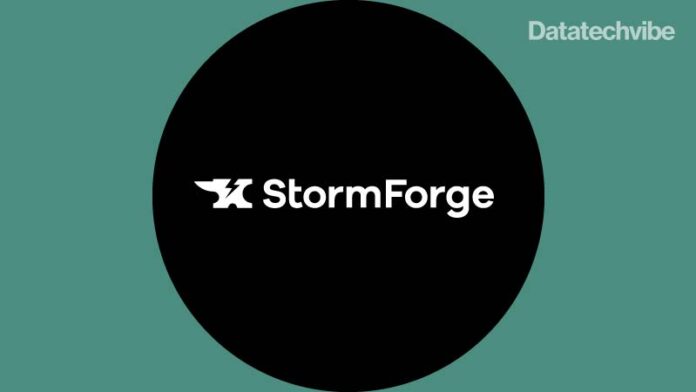StormForge, the cloud-native application performance testing and resource optimisation, announced its StormForge Optimise Live solution now enables the industry’s first bi-dimensional Kubernetes pod autoscaling. The enhanced capabilities are available now.
StormForge Optimise Live uses machine learning to automatically right-size pods while setting the desired target utilisation for the horizontal pod autoscaler (HPA). This enables vertical and horizontal autoscaling to work together without contention, to minimise resource usage and cost without sacrificing application performance or reliability.
“The promise of Kubernetes is still beyond the reach of so many organisations, but bi-dimensional pod autoscaling, now made possible by StormForge Optimise Live, will change that for the vast majority of Kubernetes users,” said Matt Provo, CEO at StormForge. “We’re excited to offer yet another industry-first innovation from StormForge, which we expect will unleash innovation in enterprises across the globe through application performance improvements and cloud cost savings.”
Autoscaling is both a significant challenge and an opportunity for Kubernetes users. Kubernetes natively offers two primary ways of dynamically scaling applications – the HPA and the vertical pod autoscaler (VPA) – but it’s not possible to use both together without extensive customisation effort. Additionally, the HPA requires users to set a target utilisation that determines when to add or remove replicas, but it’s nearly impossible to arrive at an optimal target utilisation using manual methods.
While many organisations moved to containers and Kubernetes with the promise of improved efficiency and cost savings, the reality has been that costs have risen dramatically while scaling up for day two operations. Autoscaling holds great promise for improving efficiency, especially as application usage fluctuates, but organisations have been largely unable to benefit from autoscaling advantages – until now.
“Despite using the HPA, Kubernetes over-provisioning is still a significant problem, driving an unsustainable growth in cloud costs,” said Chad Upton, VP of infrastructure engineering with First up. “We are always looking for solutions to help us work smarter, faster, and in a more scalable way, so we’re excited about the capabilities that StormForge is introducing with this latest release. Our work with the solution has shown promise for significantly reducing cloud resource costs while ensuring application performance and reliability.”
With the new release of StormForge Optimize Live, organisations are no longer limited to using just horizontal scaling without proper tuning, leaving substantial cloud resource savings untapped. By enabling bi-dimensional Kubernetes pod autoscaling, StormForge Optimise Live ensures continuous right-sizing of Kubernetes applications; reduces Kubernetes application resource usage and costs while still ensuring performance and reliability; and reduces the risk of out-of-memory (OOM) errors and CPU throttling while minimising cloud costs.
“Enterprises and web shops are currently struggling with Kubernetes optimisation because of a lack of skills and inflated expectations about what Kubernetes can do out of the box,” said James Governor, co-founder of RedMonk. “StormForge Optimise Live is designed to put the auto in auto-scaling, providing tools to optimise utilization and spend for Kubernetes clusters.”
StormForge Optimise Live was introduced in February of this year and delivers ML-powered Kubernetes resource optimisation through analysis of observability data. The ML focus goes beyond cost or performance alone, optimizing both to enable intelligent business decisions with minimal trade-offs. Purpose-built for Kubernetes, StormForge runs in any CNCF-certified distribution. It enables fast time-to-value with one-click deployment for automated and continuous optimisation. It integrates easily with most Kubernetes environments, leveraging existing observability data to deliver insights and optimisation recommendations.









